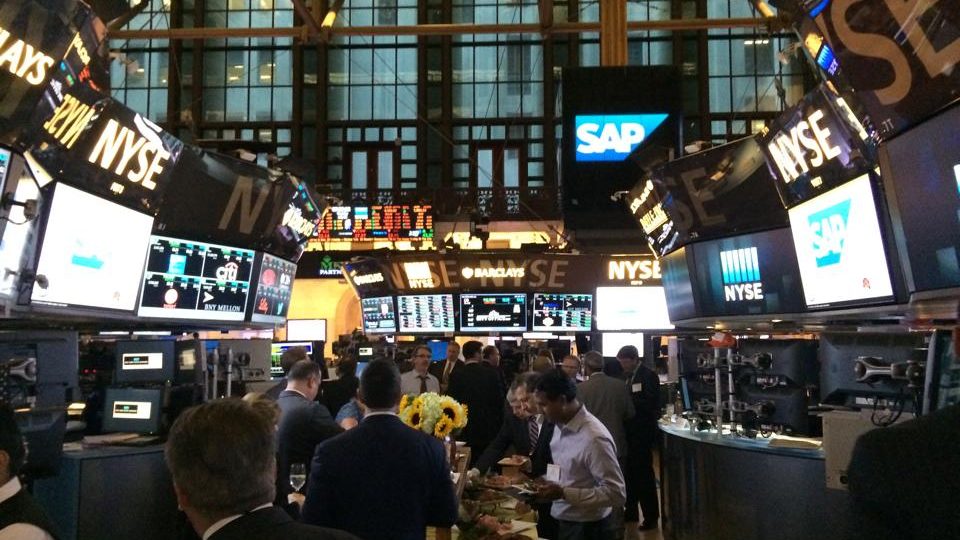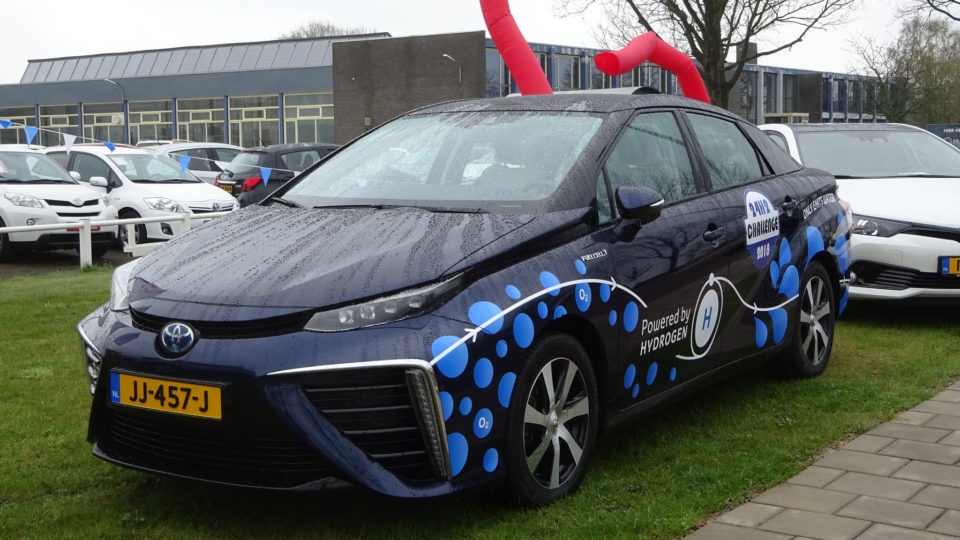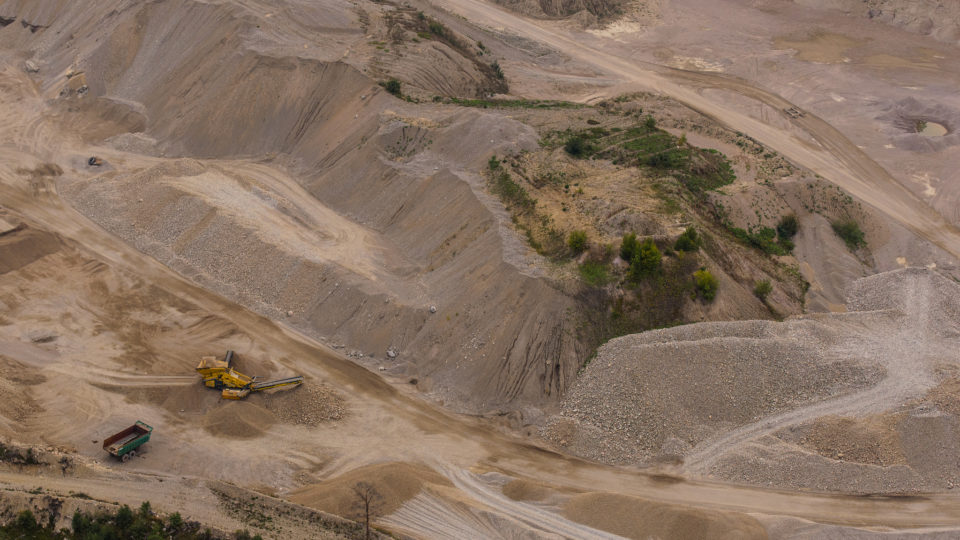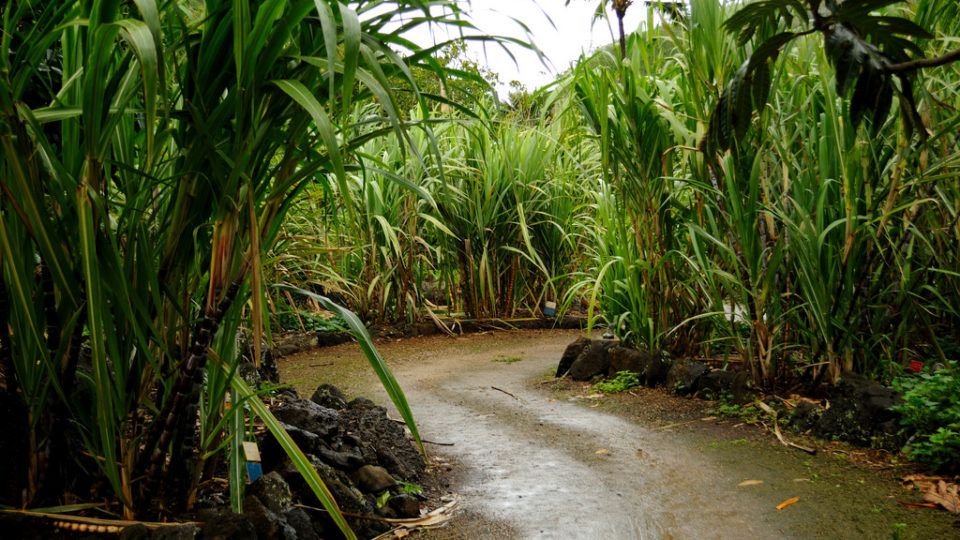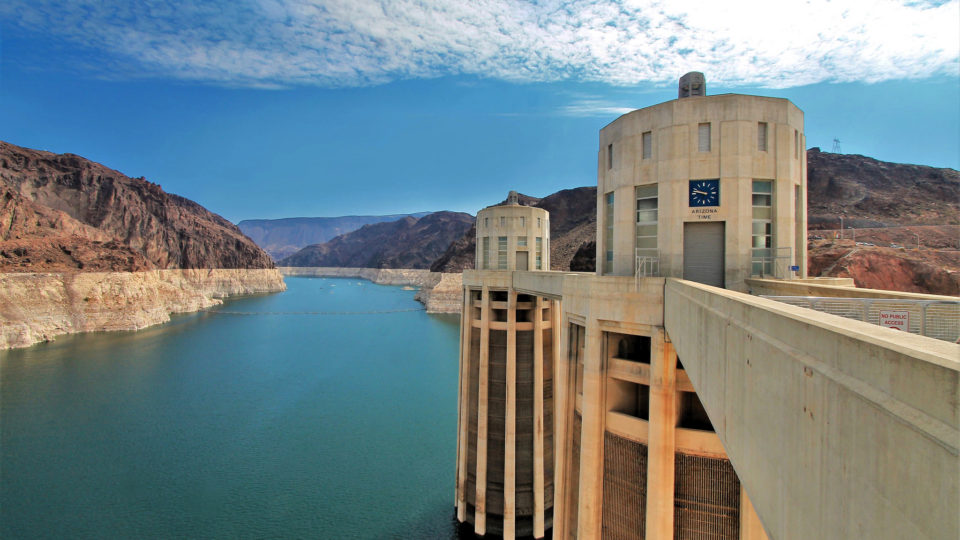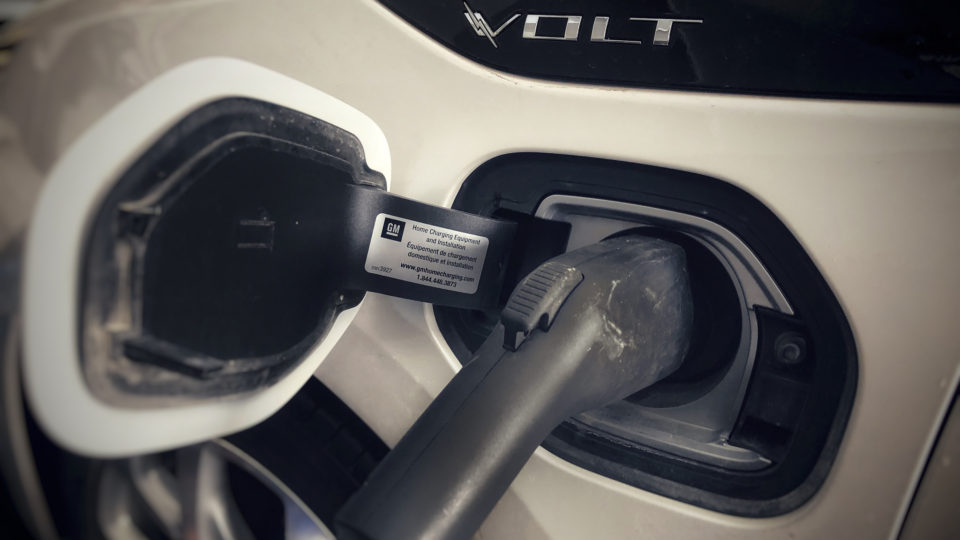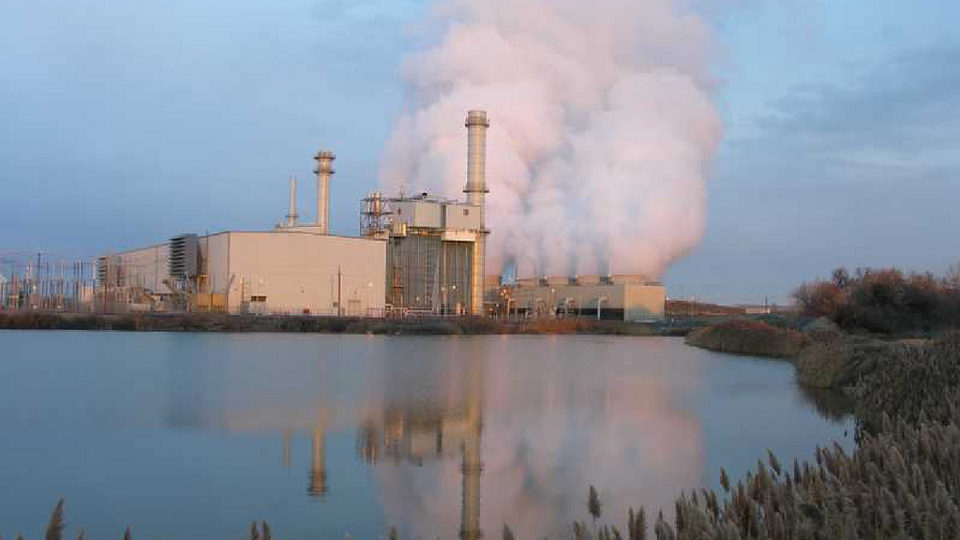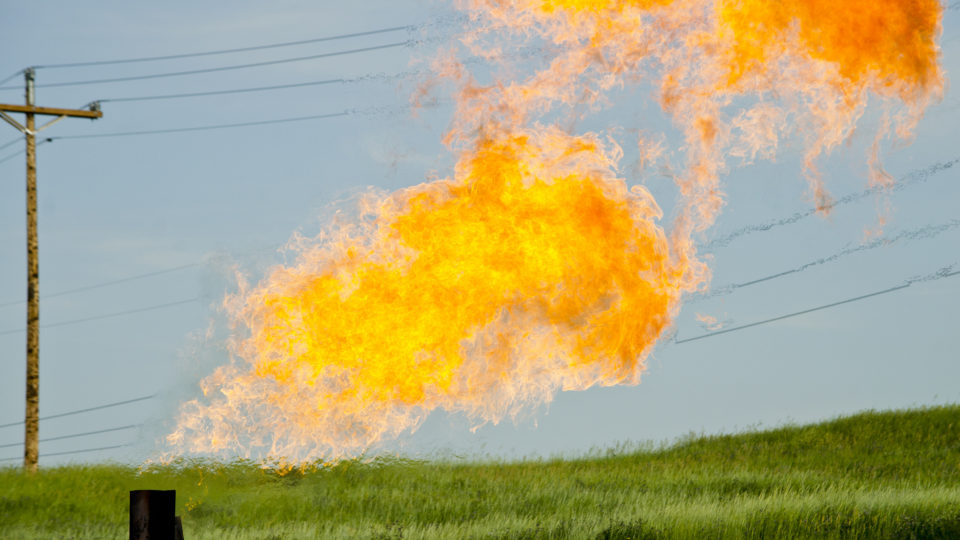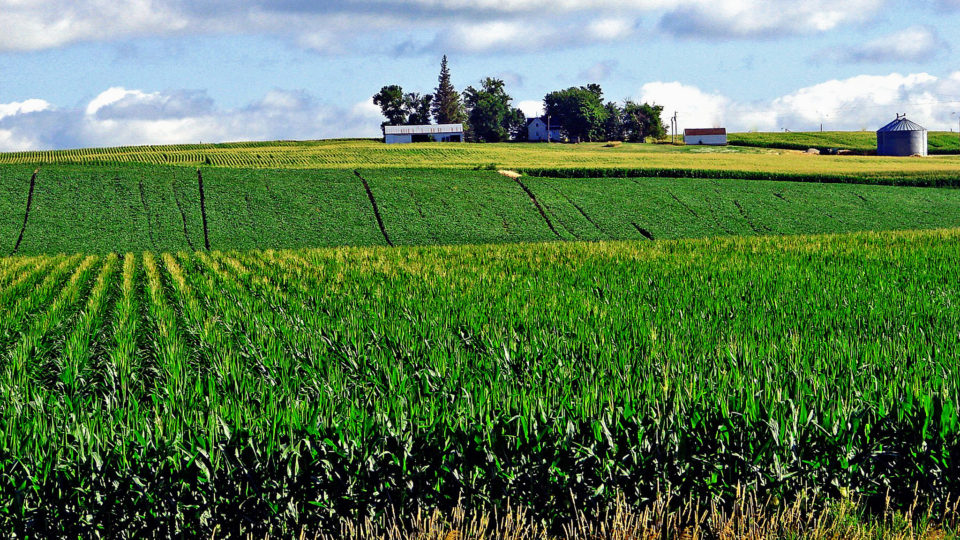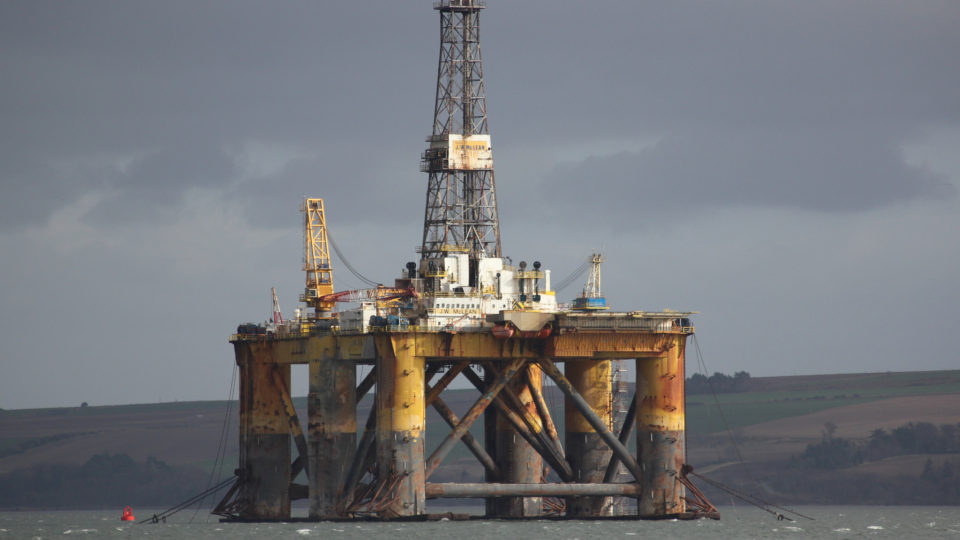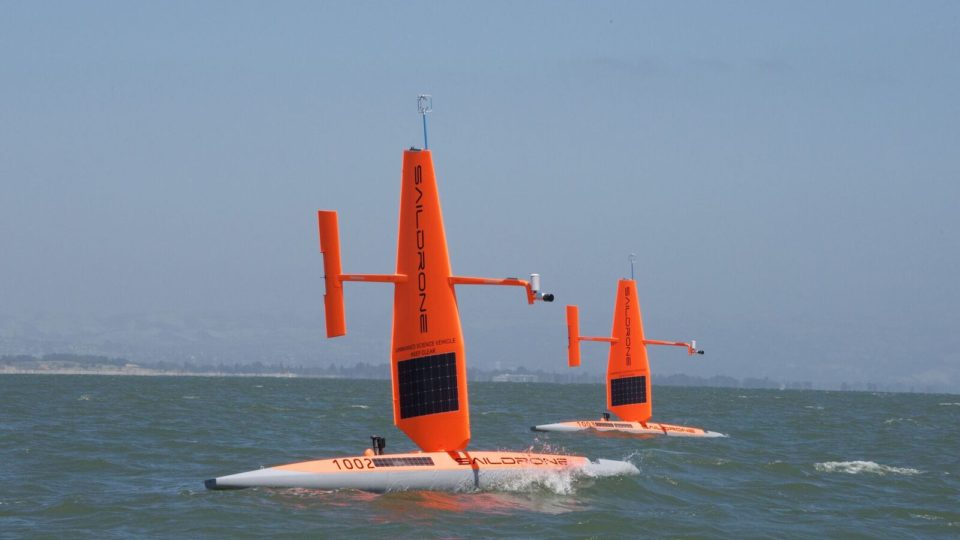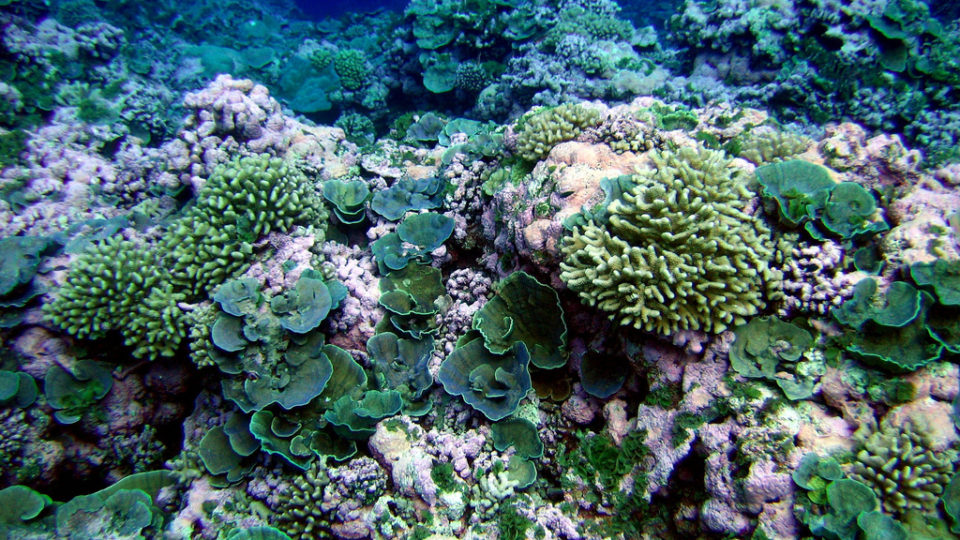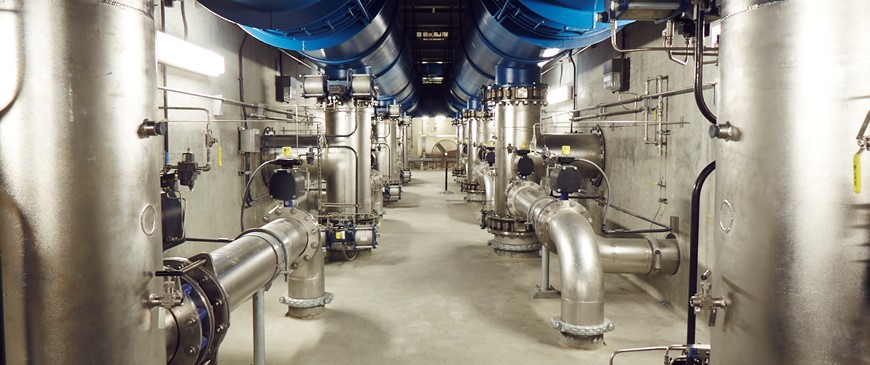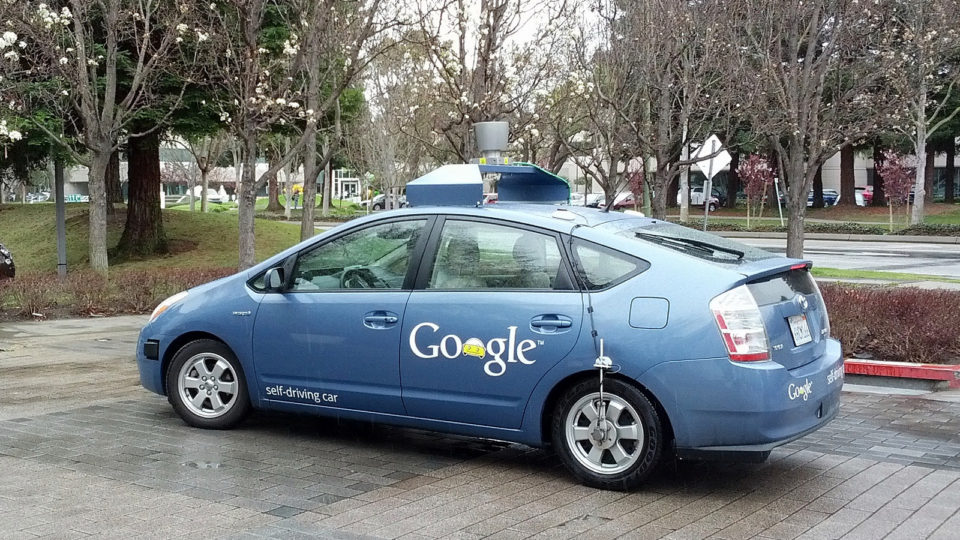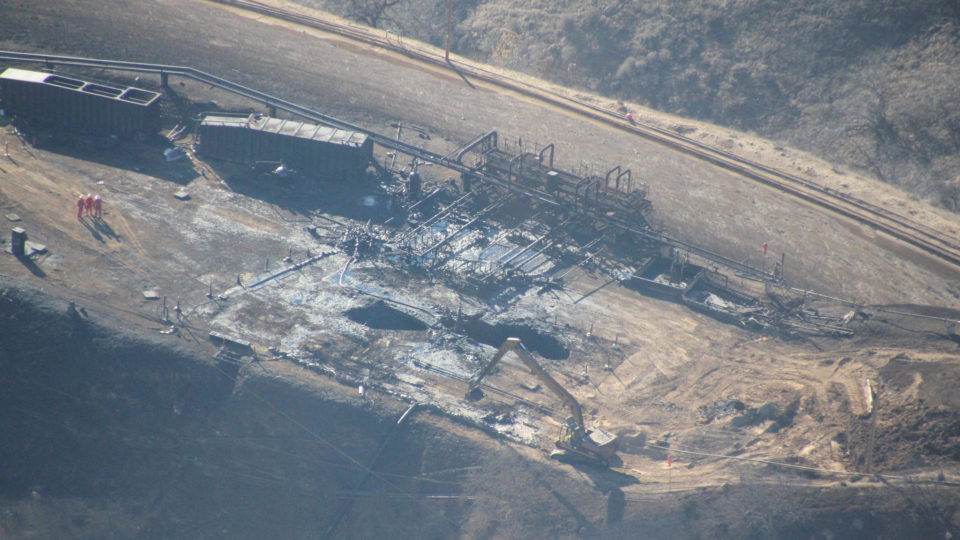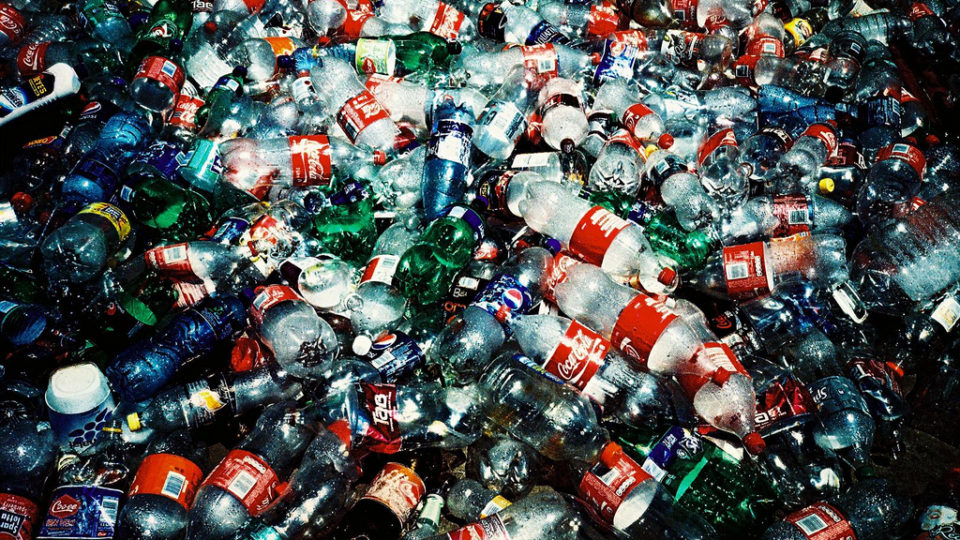Technology
Hydrogen Powered Cars
Hydrogen-powered cars are trying to make inroads in the rapidly-evolving automobile market. Several major automakers – including Hyundai, Toyota and Honda continue to invest heavily in the technology while selling a limited number of cars around the world.
The Earliest Overshoot Day Ever
Earth Overshoot Day marks the date when humankind’s demand for ecological resources and services in a given year exceeds what our planet can regenerate in that year. The deficit for the remainder of the year means we are liquidating stocks of ecological resources and accumulating waste, primarily carbon dioxide in the atmosphere.
Accelerating Sugarcane Growth
Brazil is the world’s second largest producer of ethanol fuel behind the United States. More than that, it has the first sustainable biofuel economy, which is based on sugarcane ethanol, not corn ethanol. It is sustainable because of Brazil’s advanced agri-industrial technology and its enormous amount of arable land. Furthermore, producing sugarcane ethanol is far more energy-efficient than corn ethanol. It actually makes energy sense to produce it.
Hoover Dam As A Giant Battery
Back in the 1930s, building Hoover Dam was a public works project likened to the pyramids. Hoover Dam helped transform the American West, harnessing the force of the Colorado River to power millions of homes and businesses.
Making Cities Cooler
Cities are particularly miserable during heatwaves. With lots of concrete and asphalt surfaces, they soak up lots of heat and re-radiate it. Lots of tall buildings block cooling breezes. Factor in car exhaust and heat from air conditioners and it all adds up to the urban heat island effect. Cities can be several degrees warmer during the day and as much as 20 degrees warmer at night. All of this extra heat is not just a comfort issue, it is a serious health problem.
Reducing Slavery In Seafood
The seafood industry is one of the largest employers in the world. But according to a 2016 report, the seafood industry also contains widespread forced labor. Forty seven seafood-producing countries were reported to utilize forced labor. The seafood hub countries of Indonesia, Thailand, Vietnam, Peru, and the Philippines were also reported to use a significant percentage of child labor.
Greener Concrete
The battle to reduce carbon emissions is heavily focused on electricity generation, transportation, buildings, and agriculture, which collectively account for more than 75% of the total. However, there are other sources of carbon emissions that cannot be ignored. Among industrial activities, the production of cement is responsible for 7% of industrial energy use and is the second largest industrial emitter of carbon dioxide. Making cement accounts for about 7% of global emissions.
A Battle For The Automobile Fuel Business
Energy giant BP predicts that electric vehicle sales will increase by an incredible 8,800 percent between now and 2040. That creates a major business opportunity for oil companies as well as a real problem because demand for gasoline and diesel is destined to slow.
[Read more…] about A Battle For The Automobile Fuel Business
